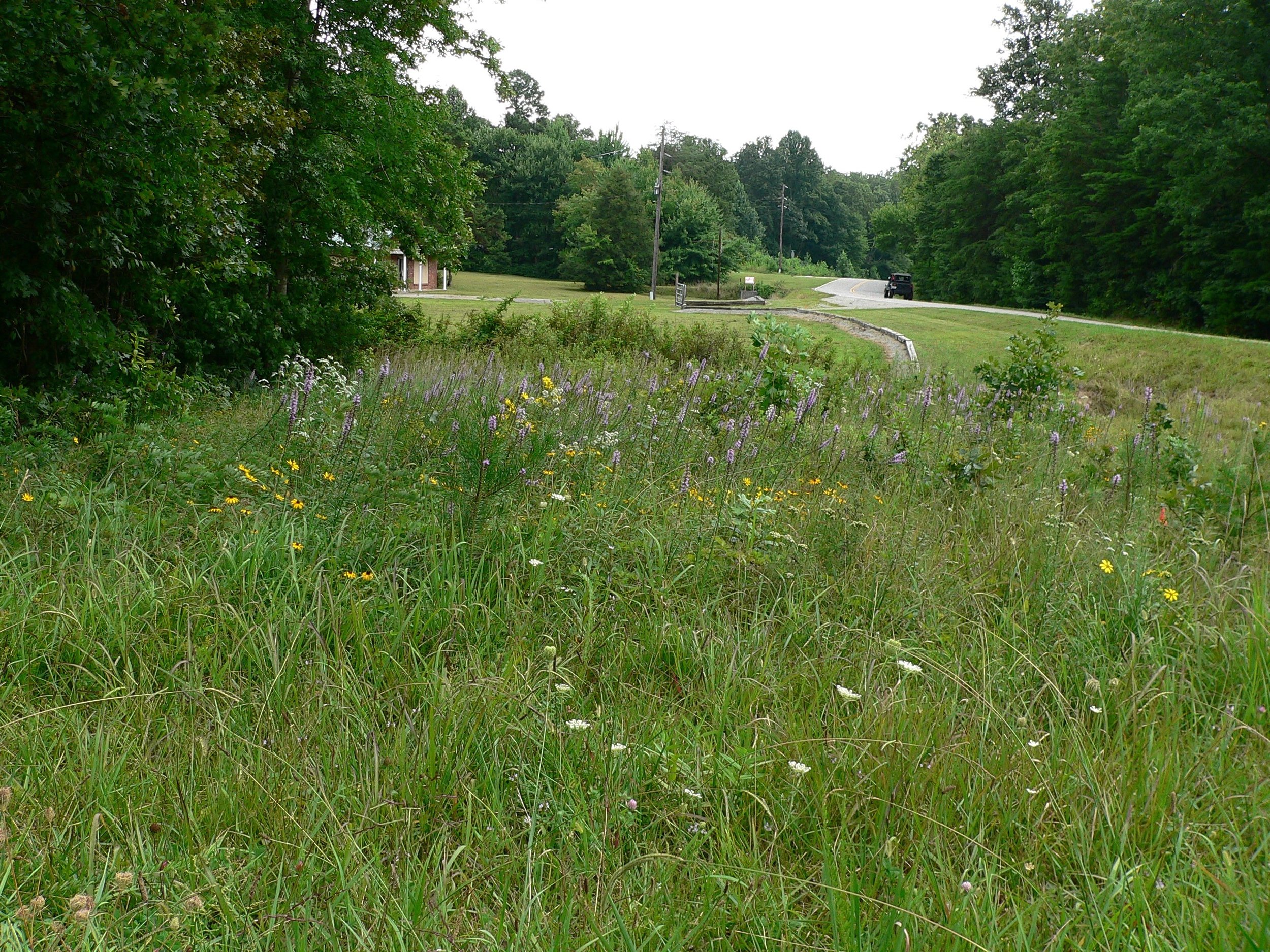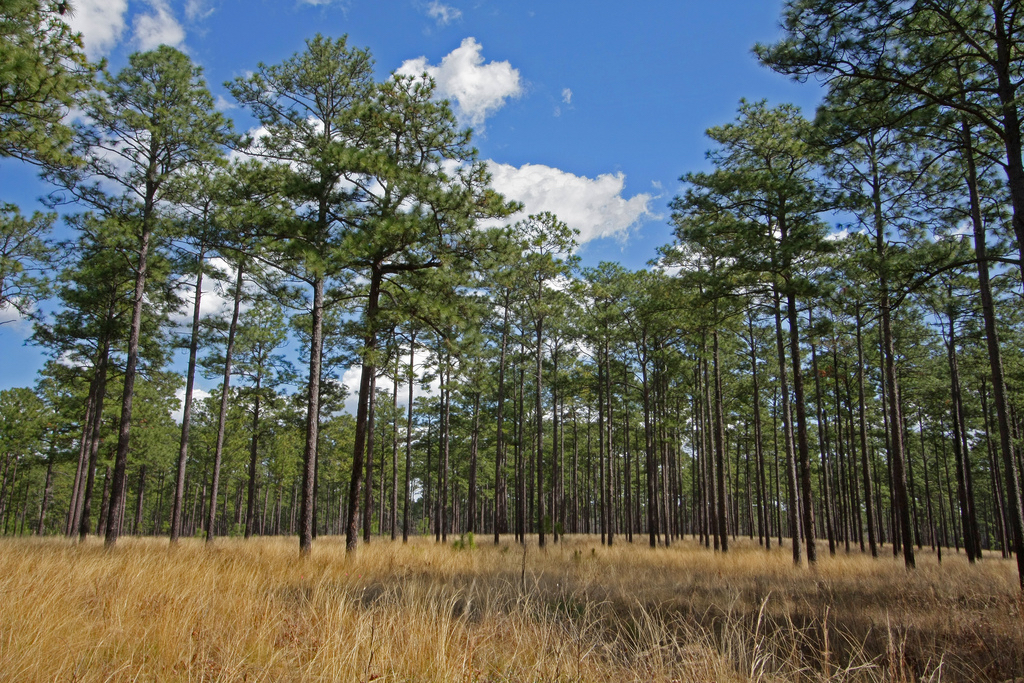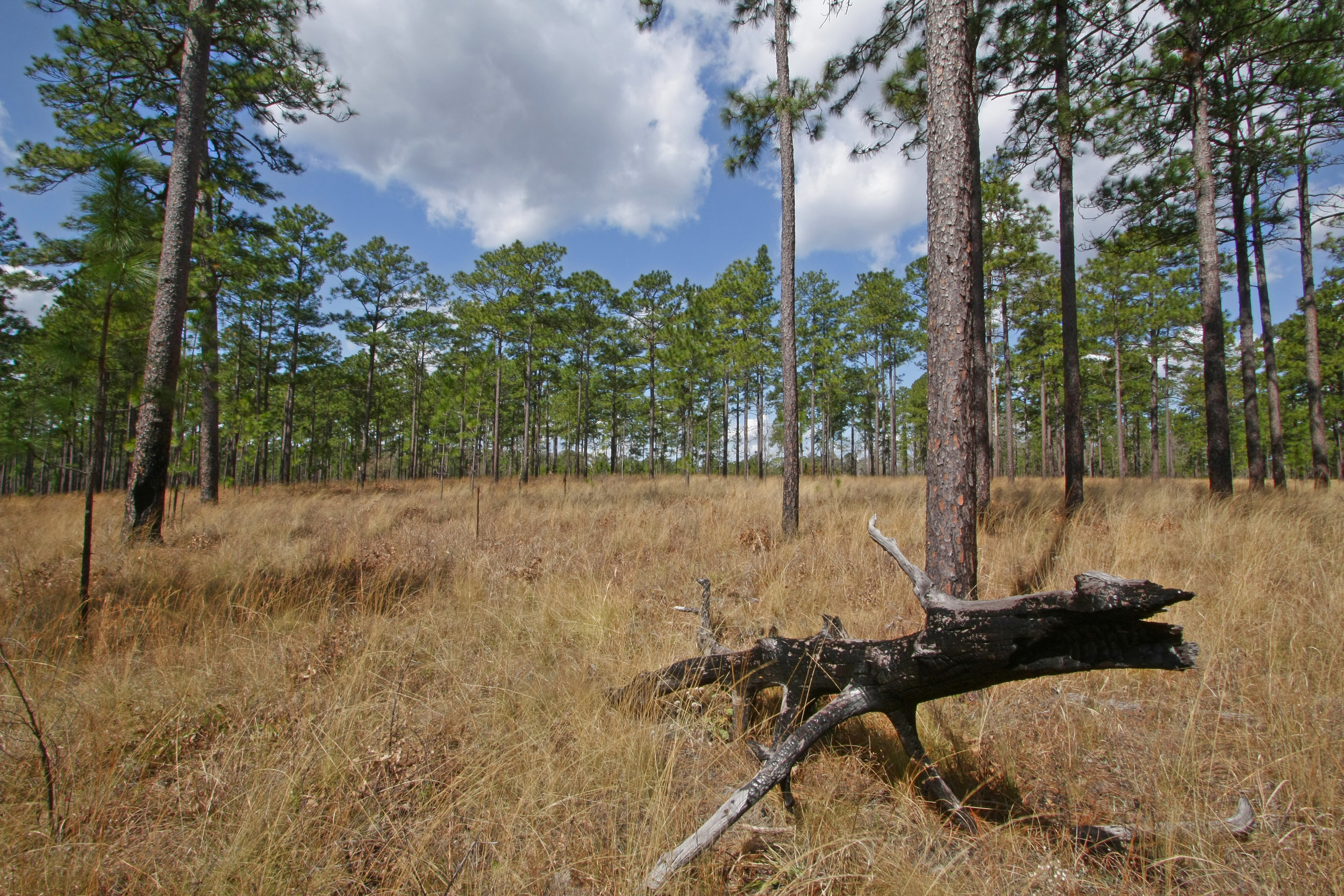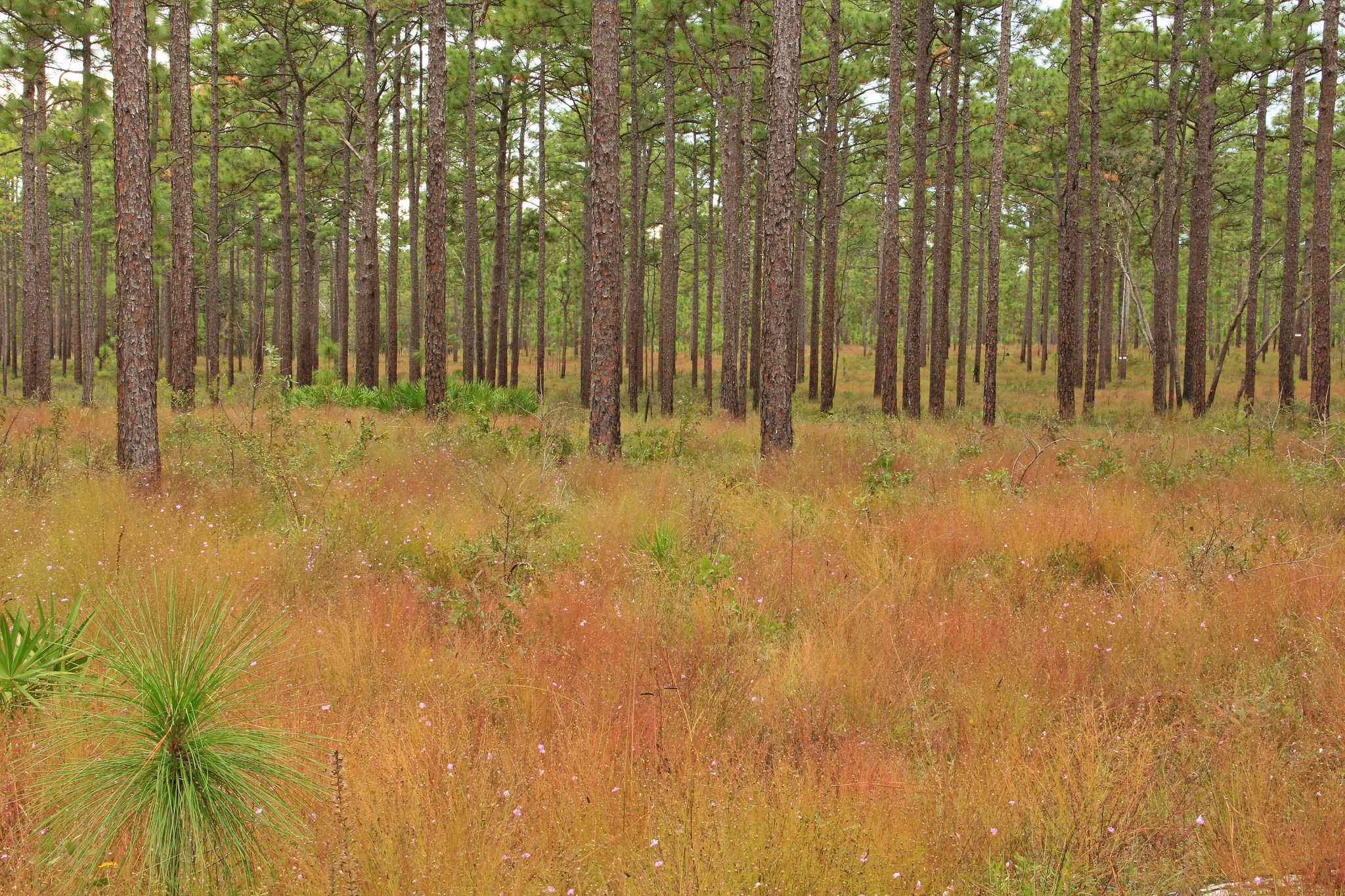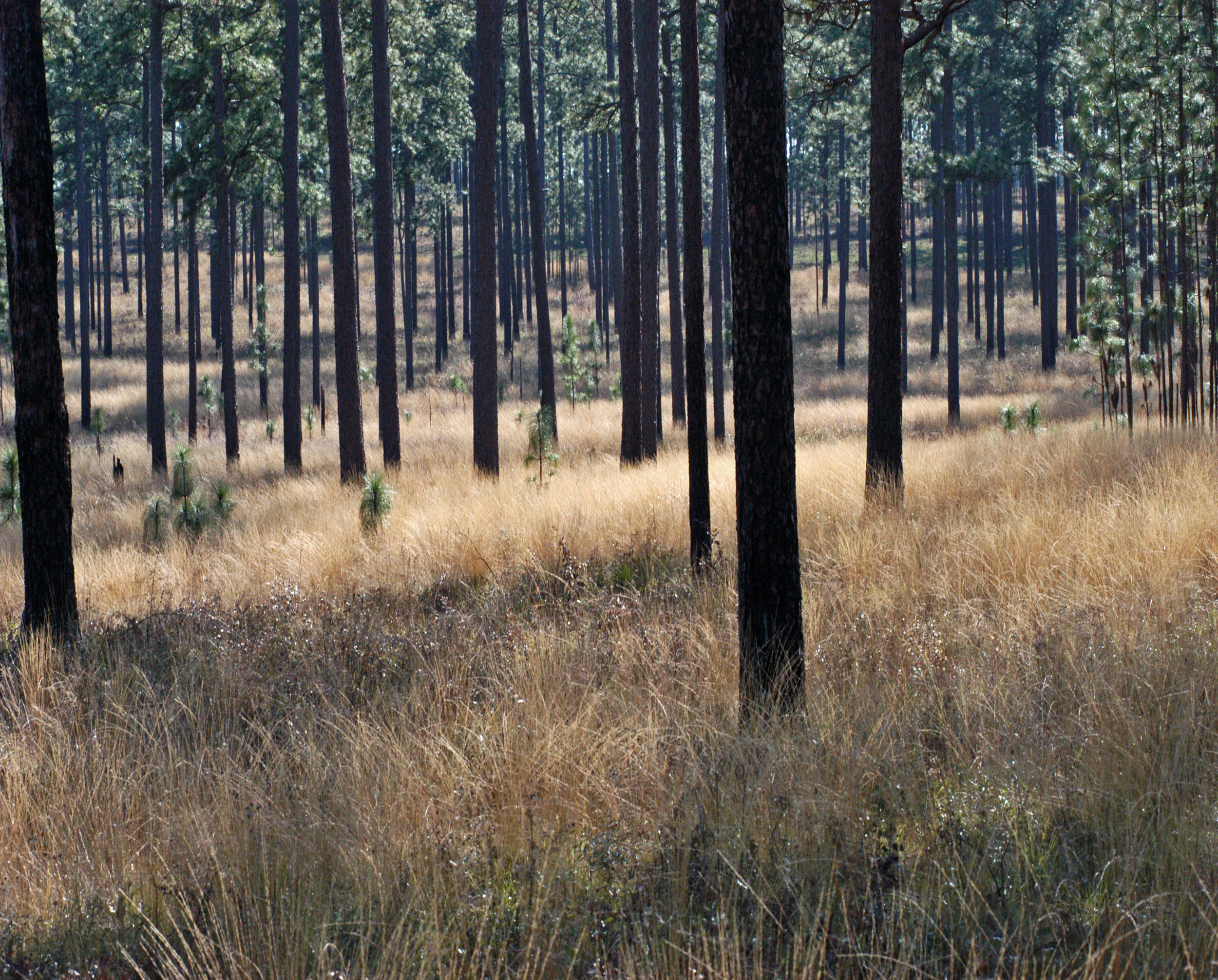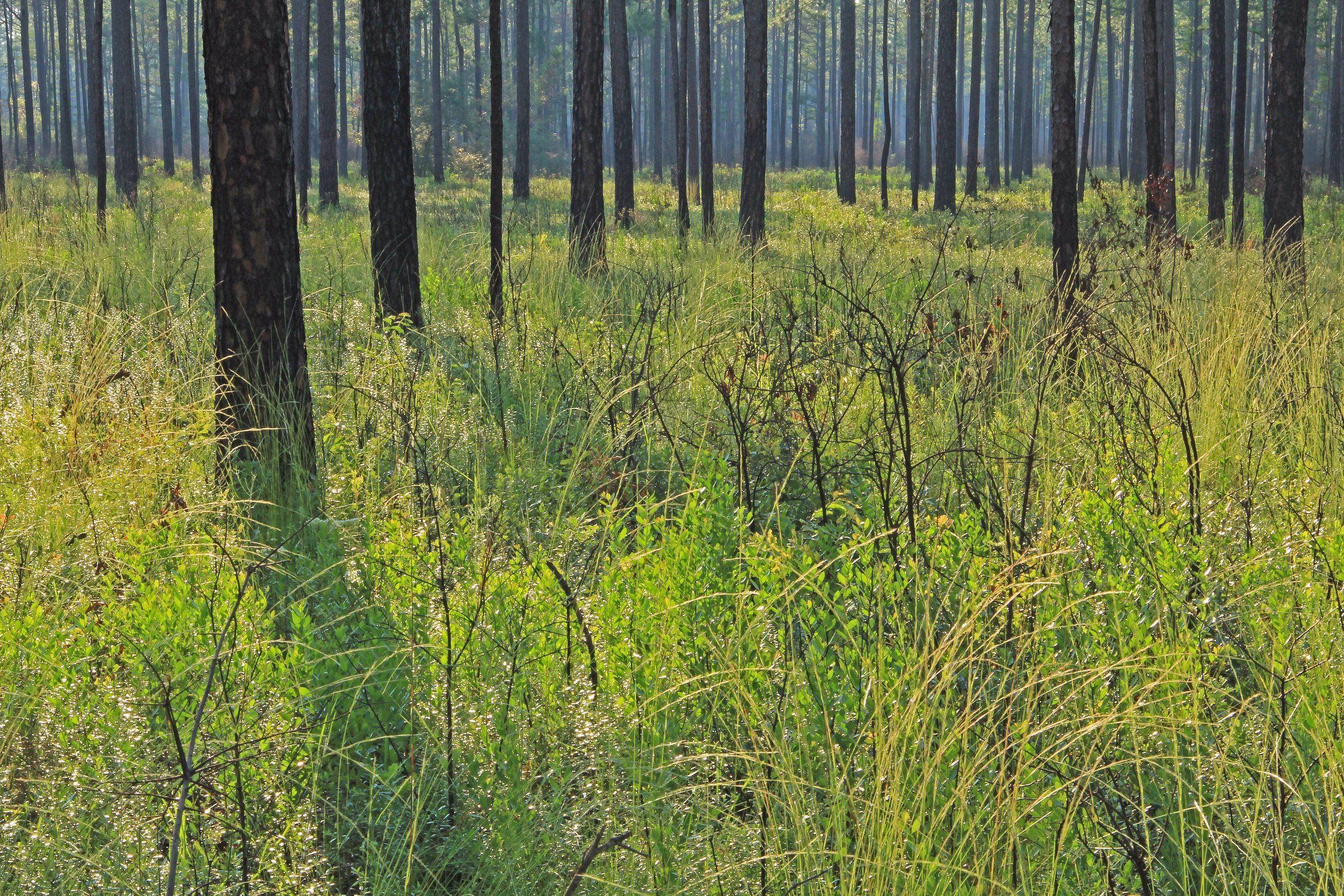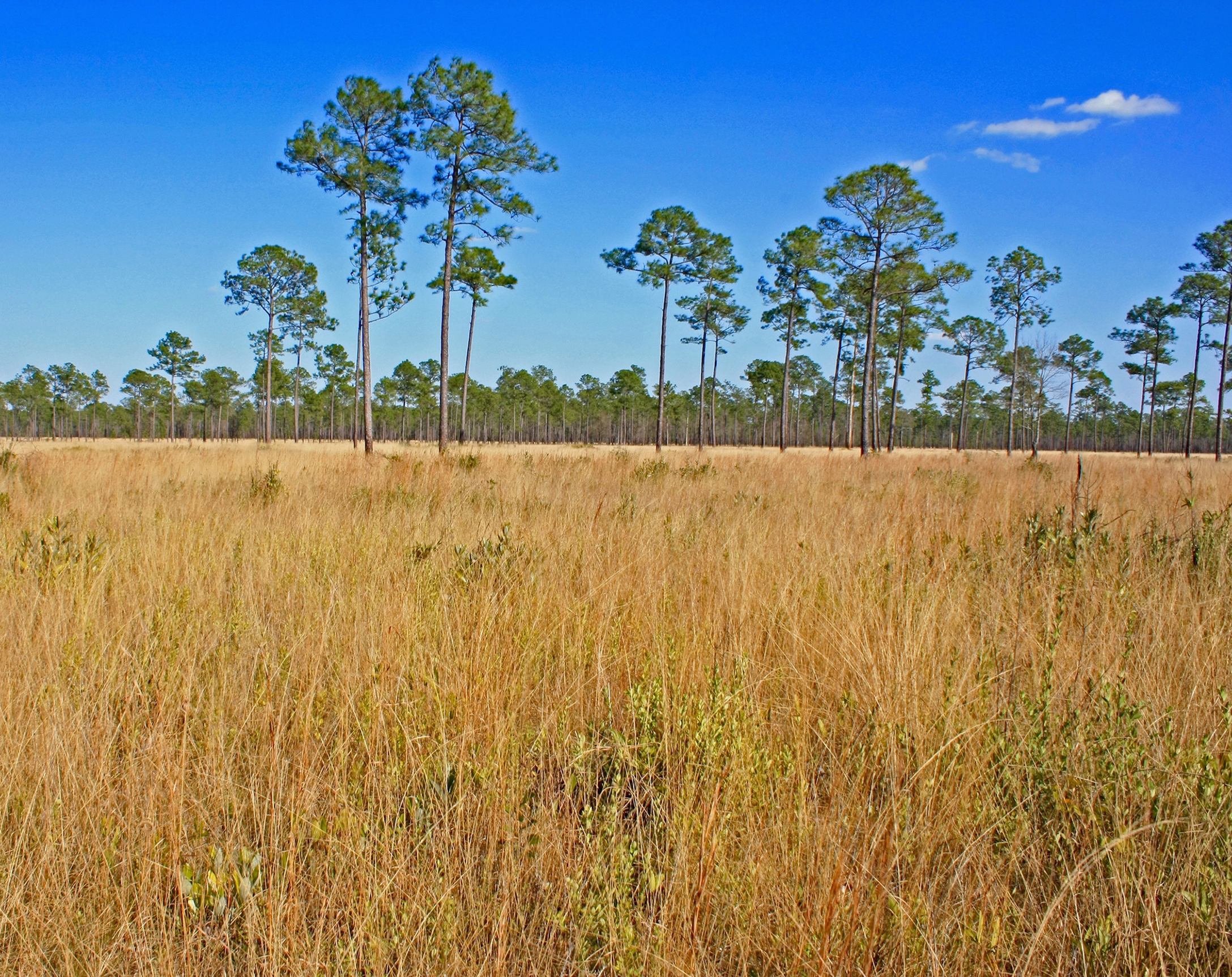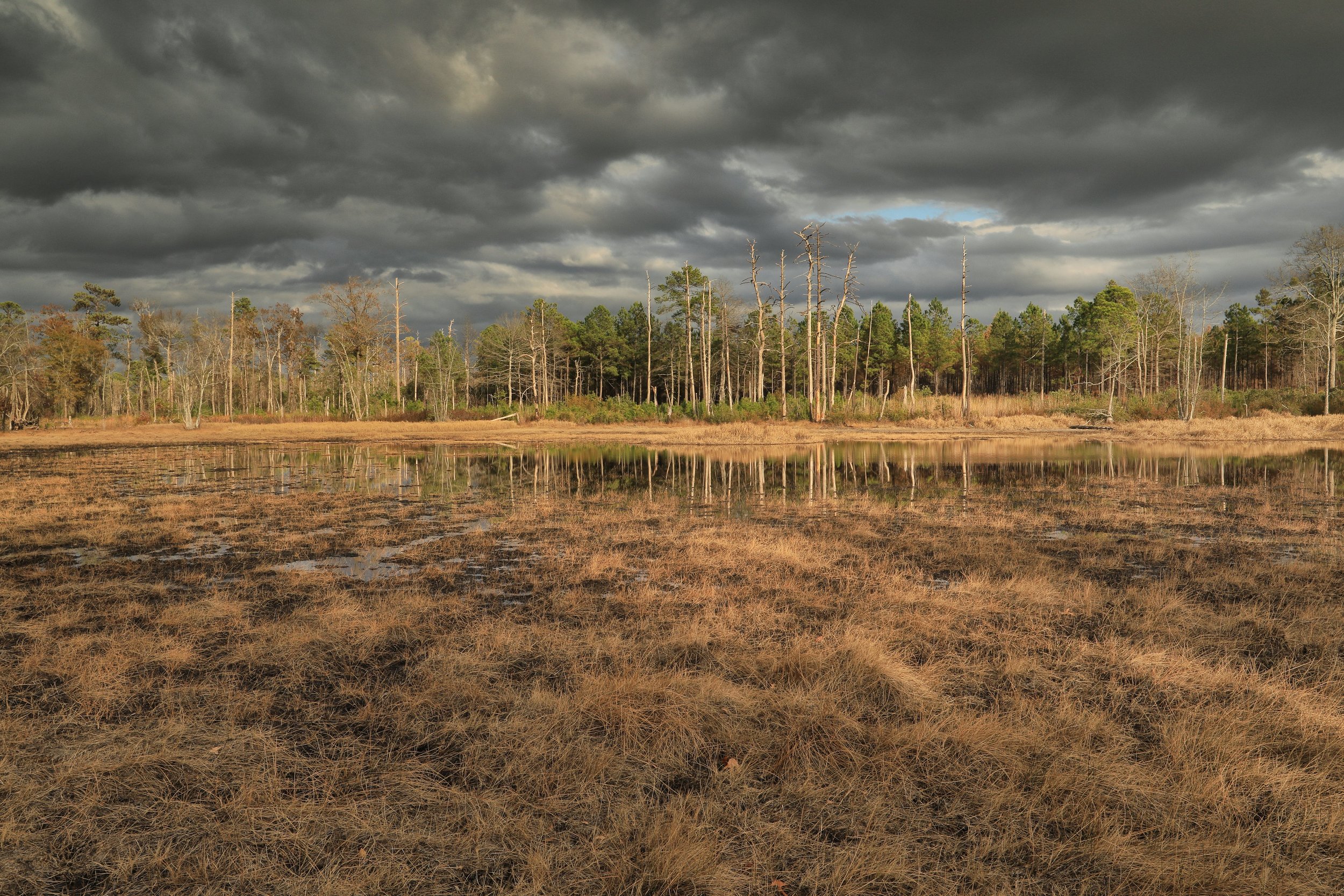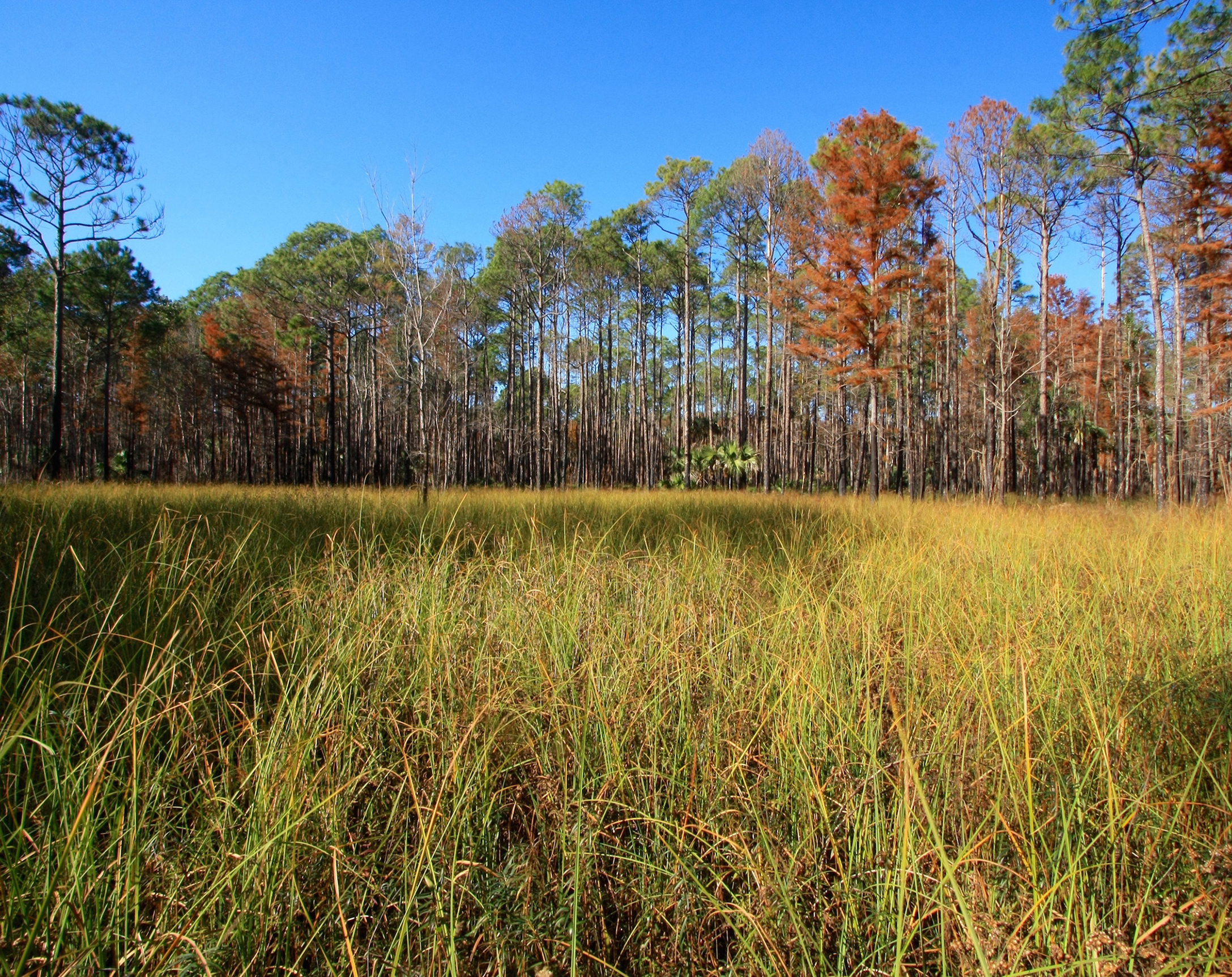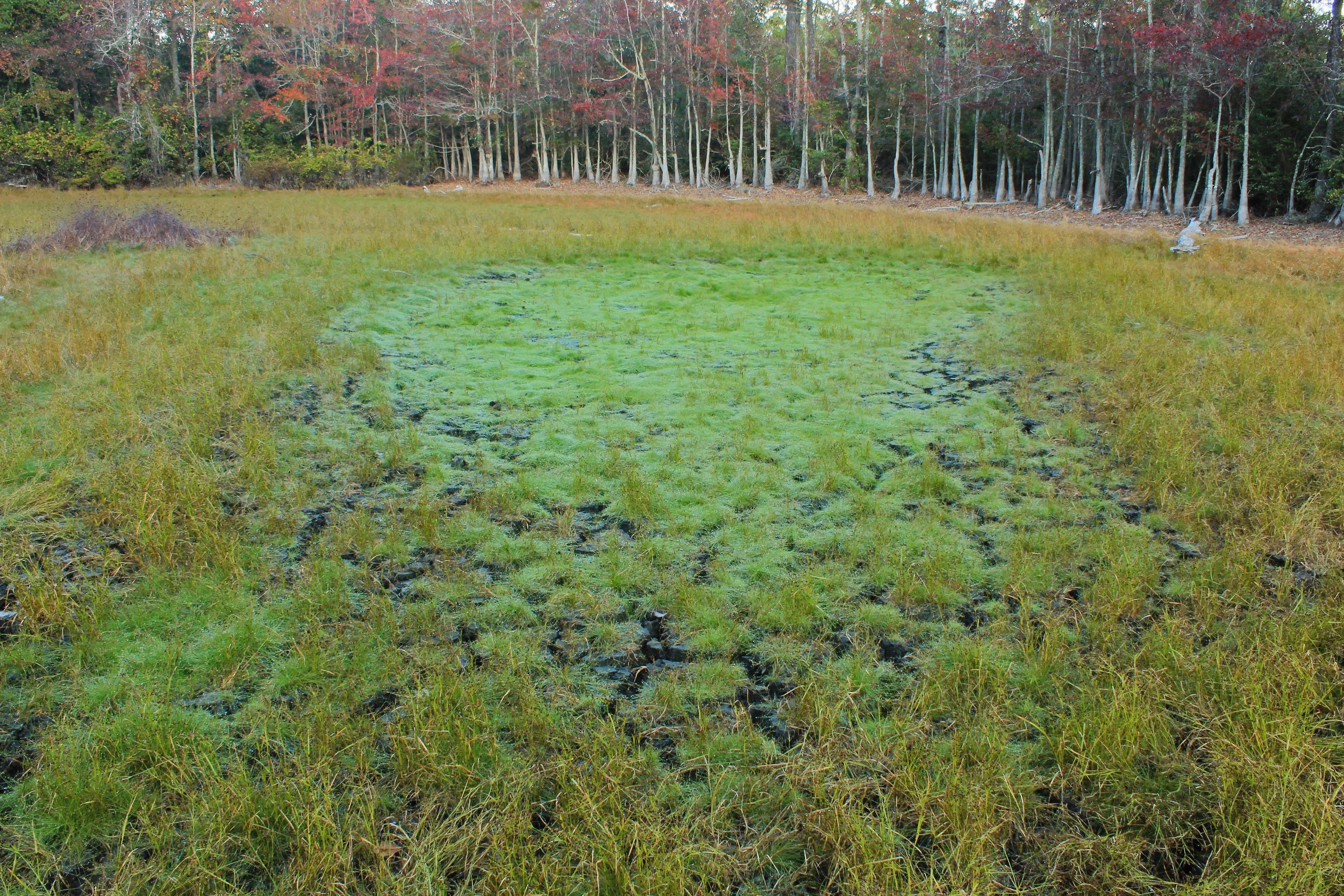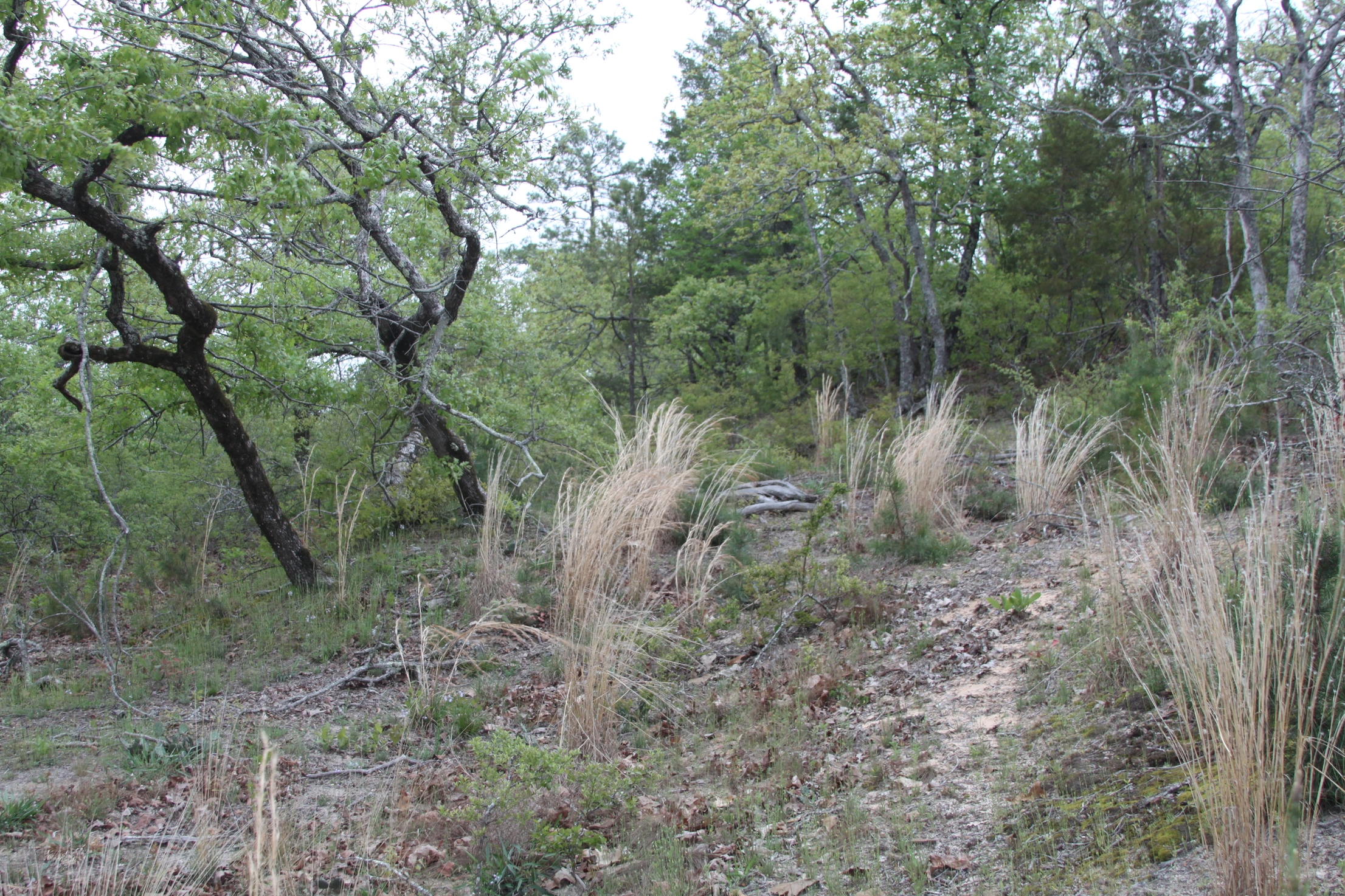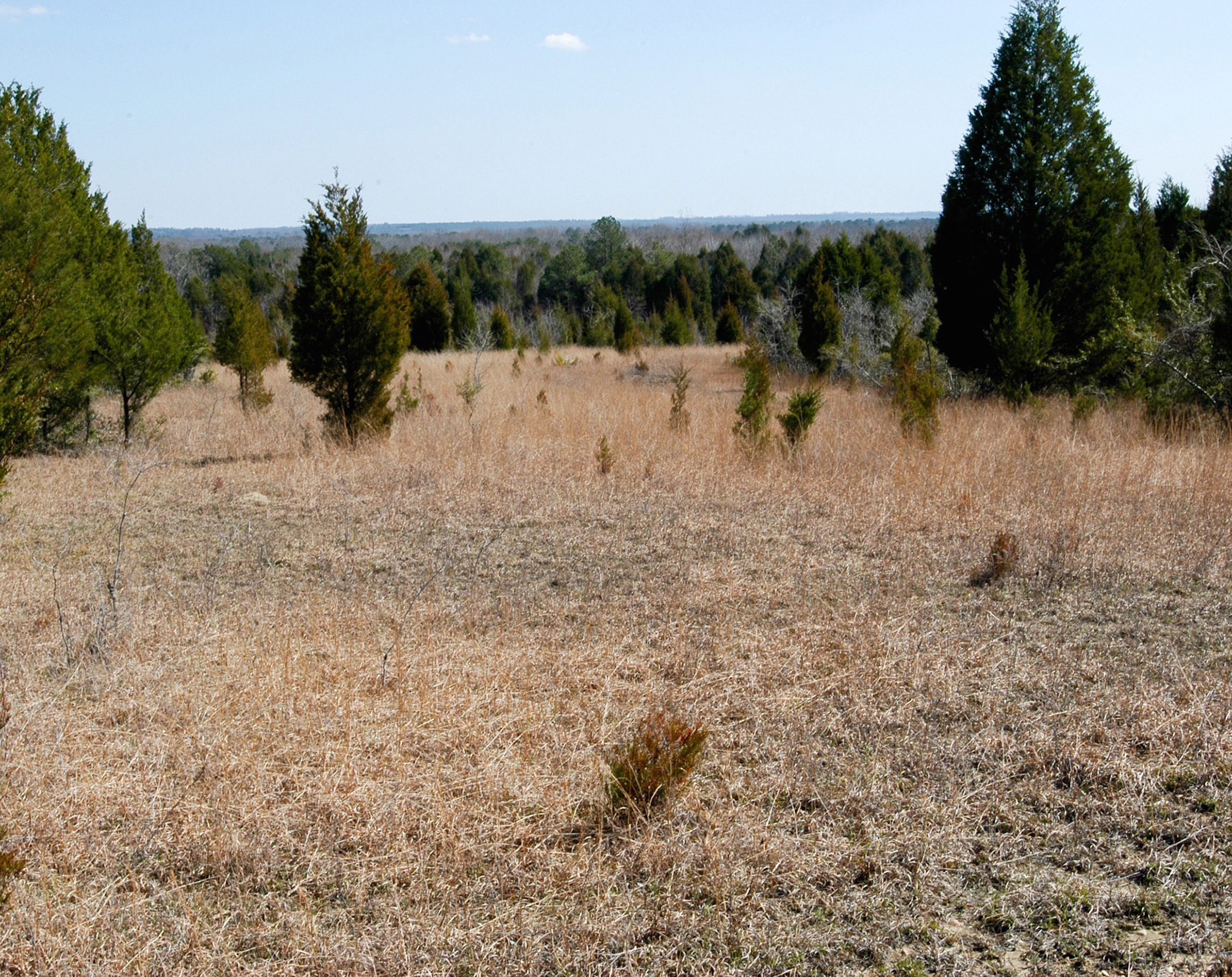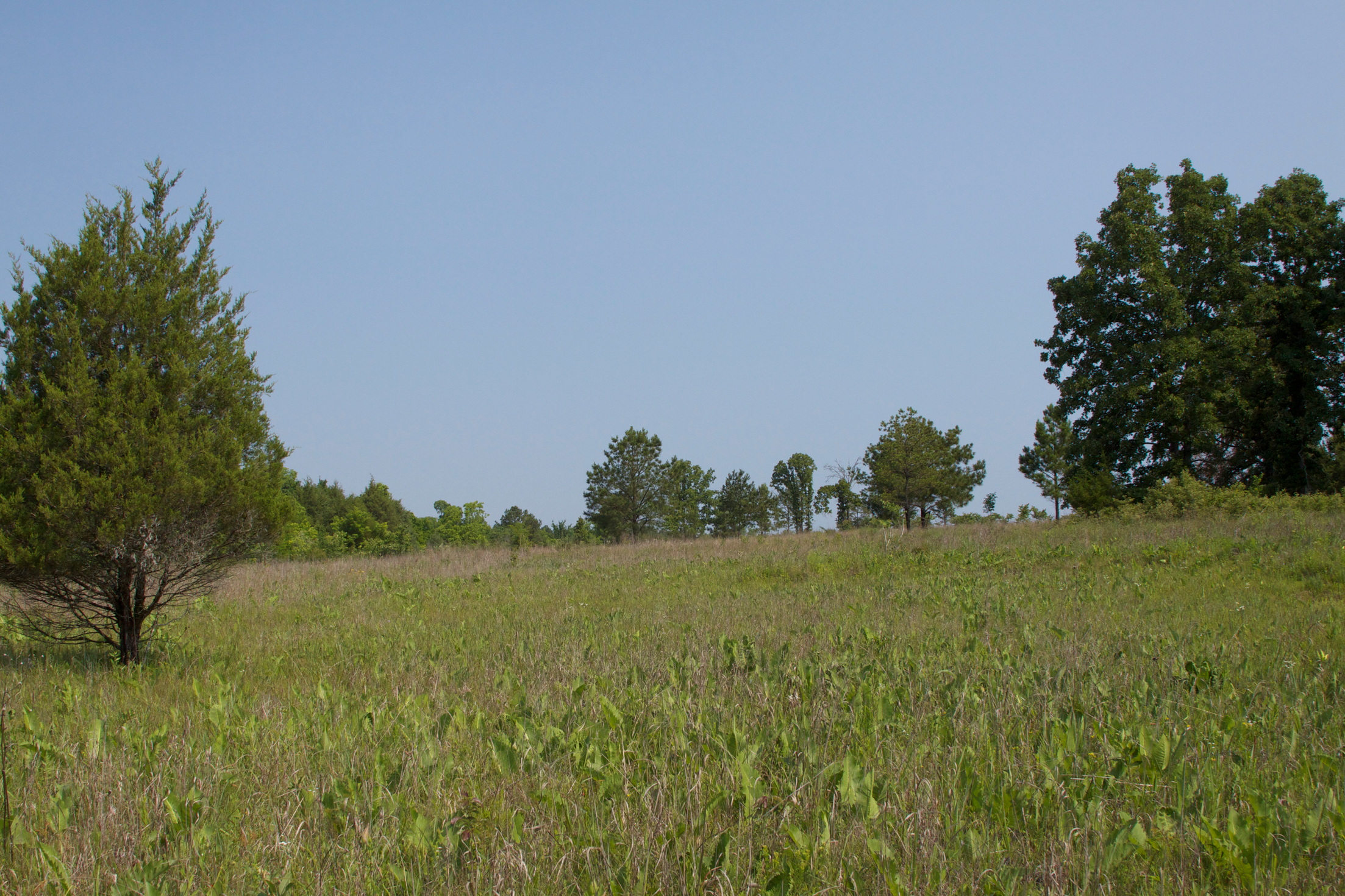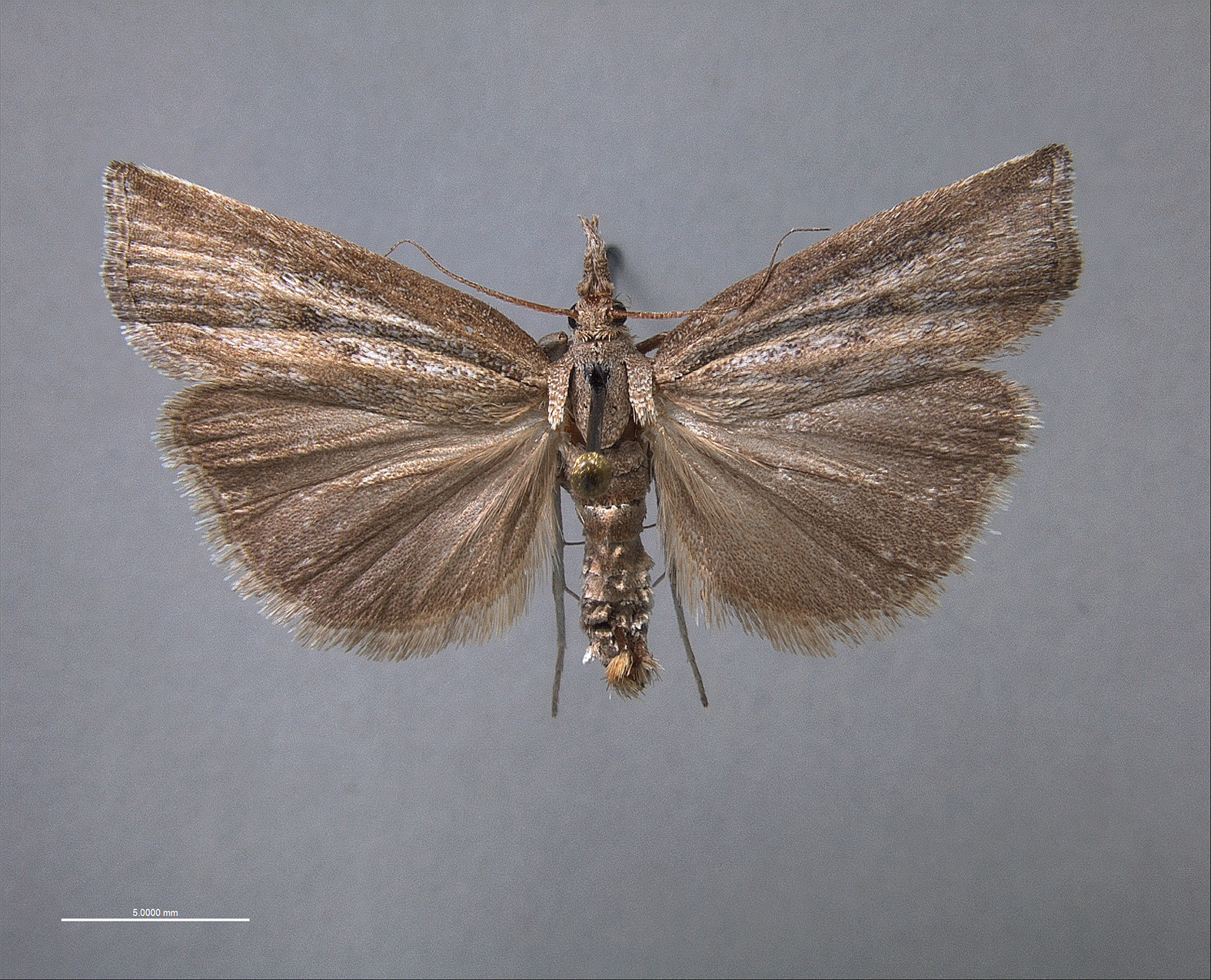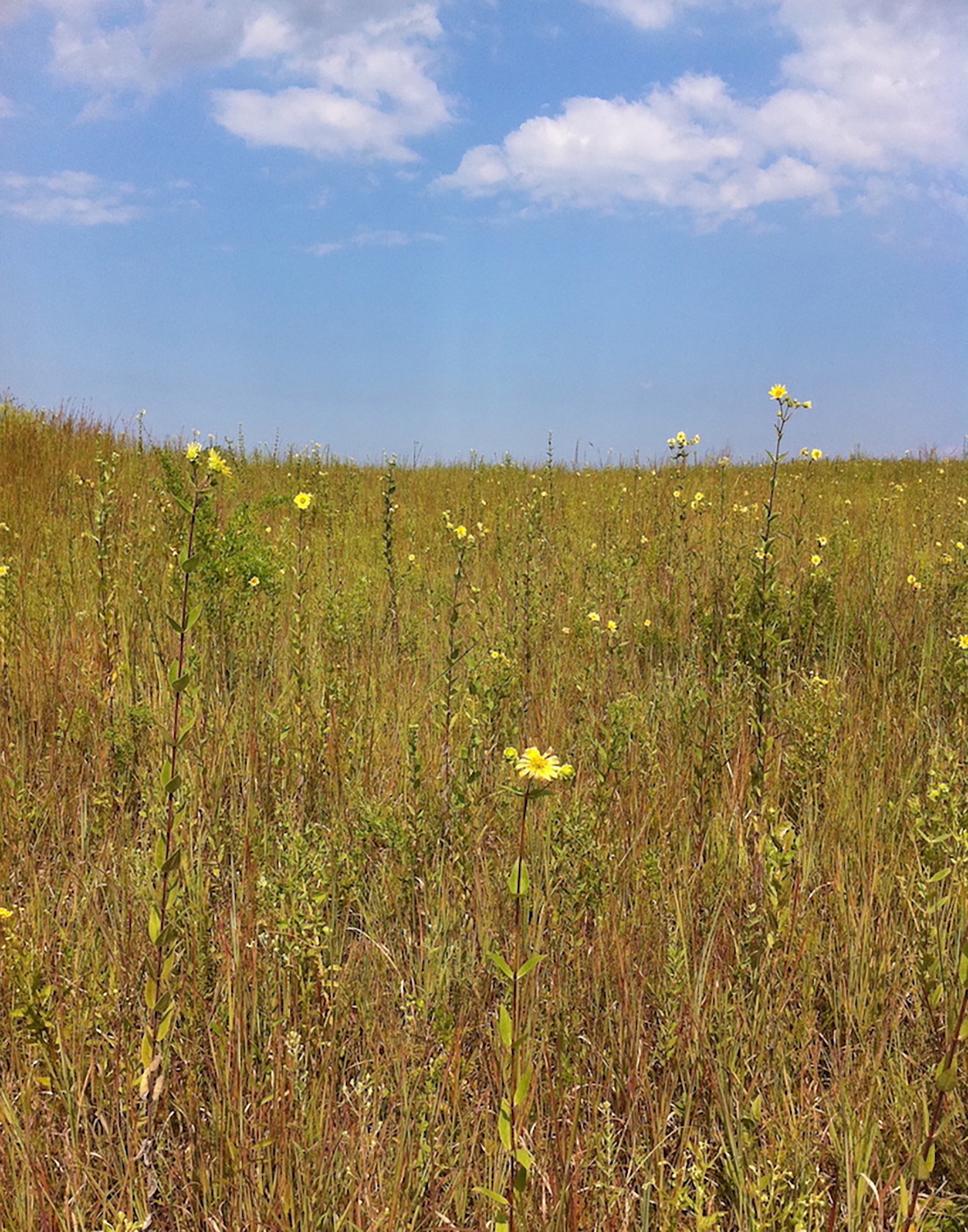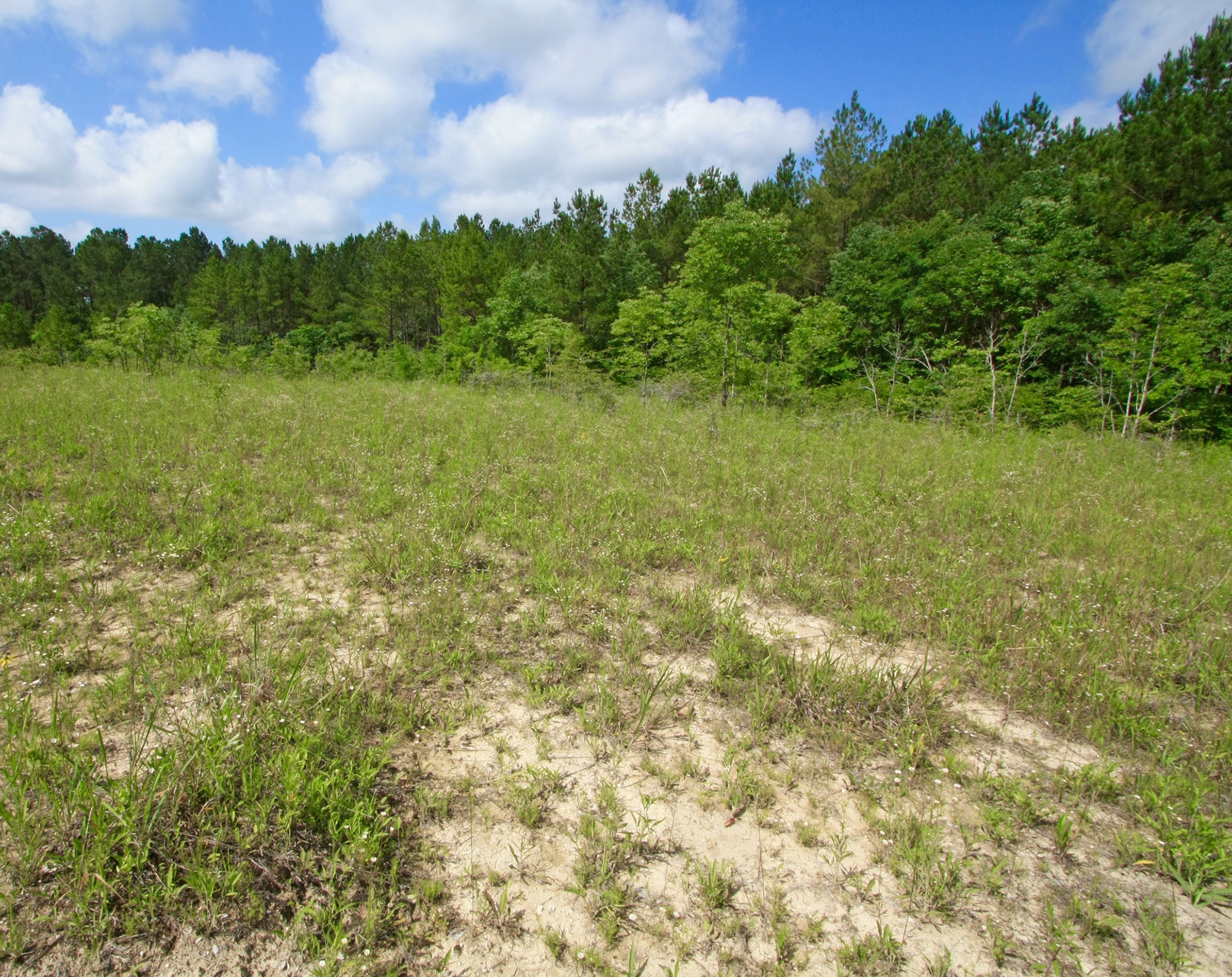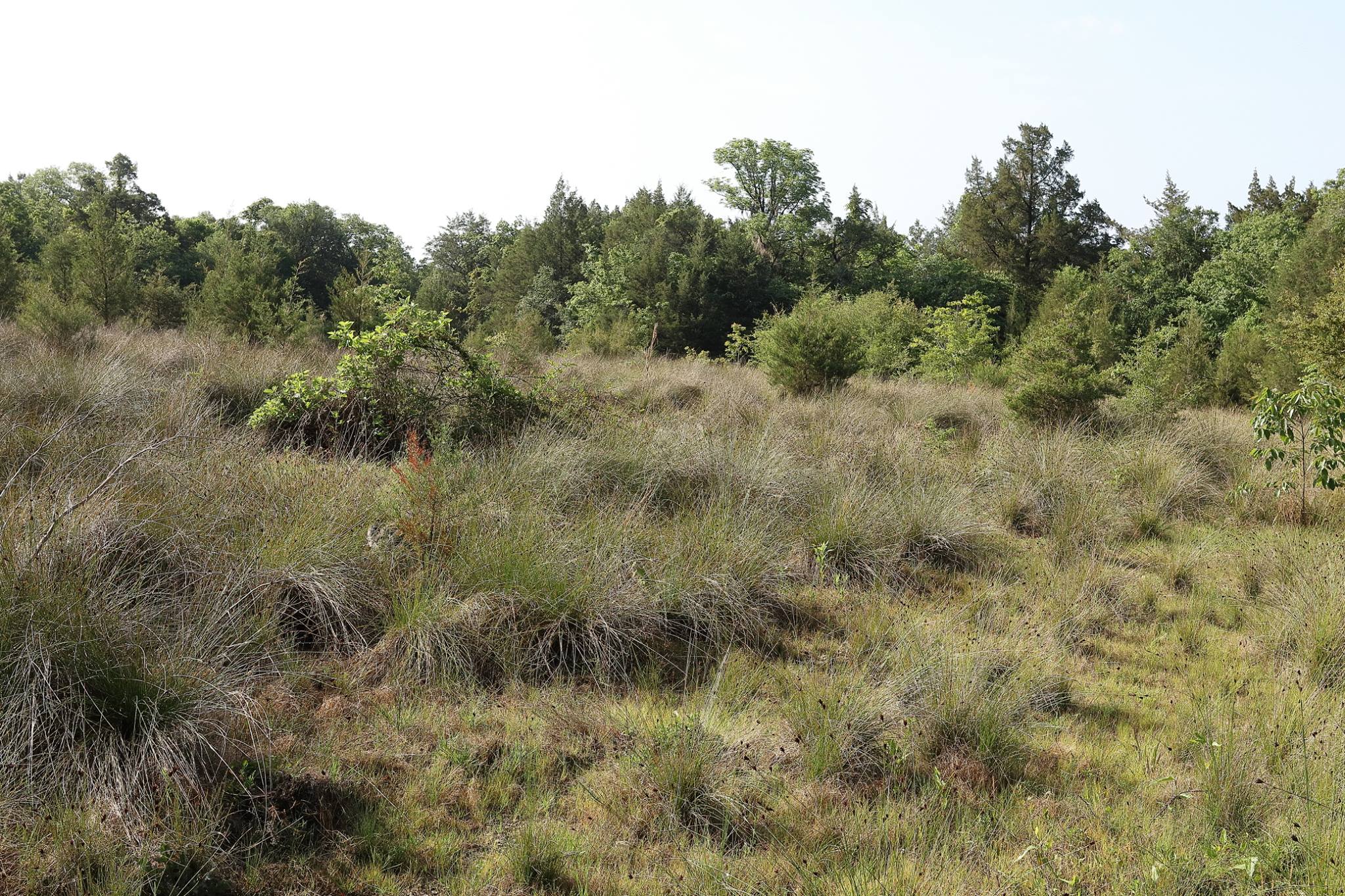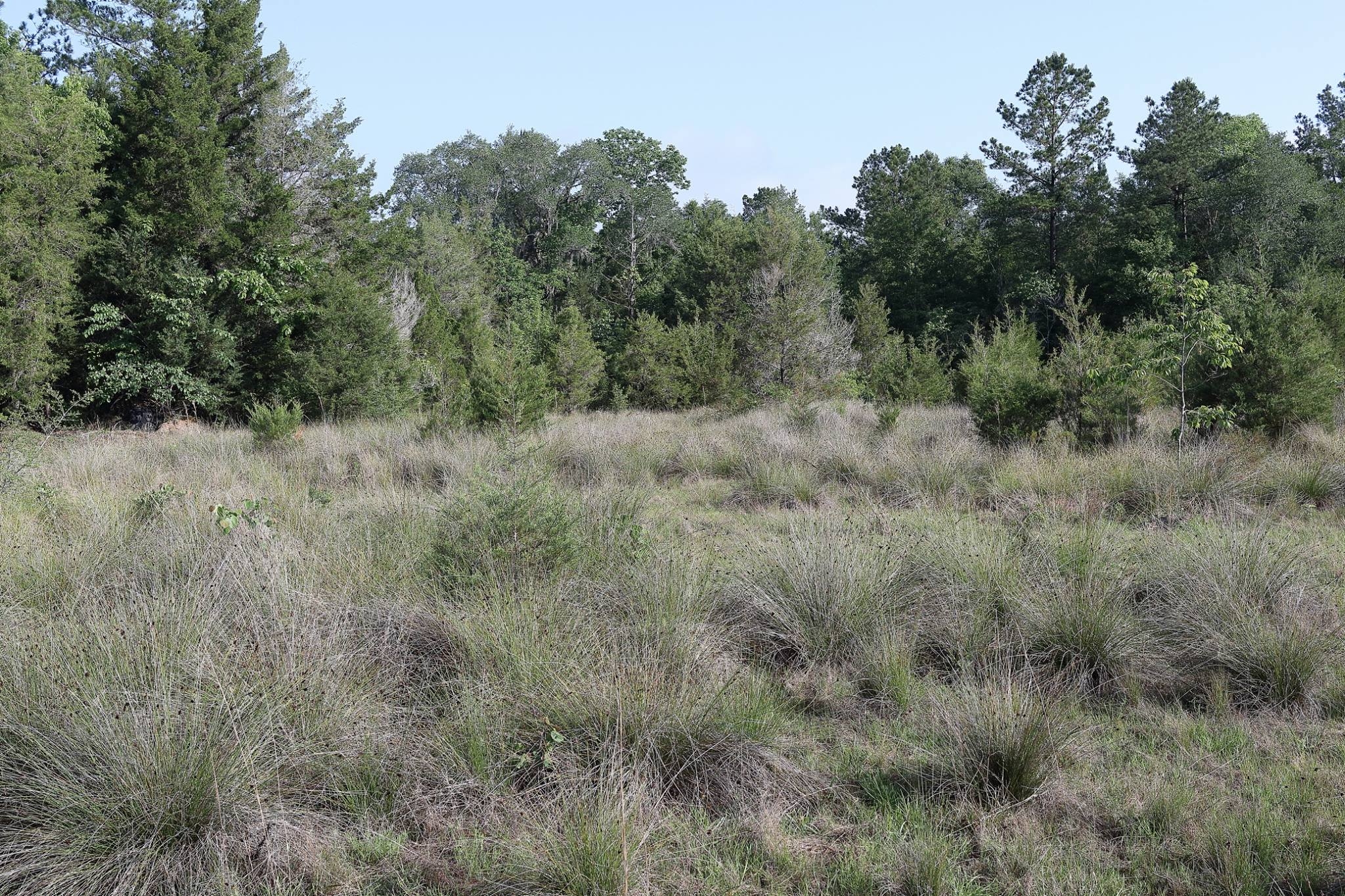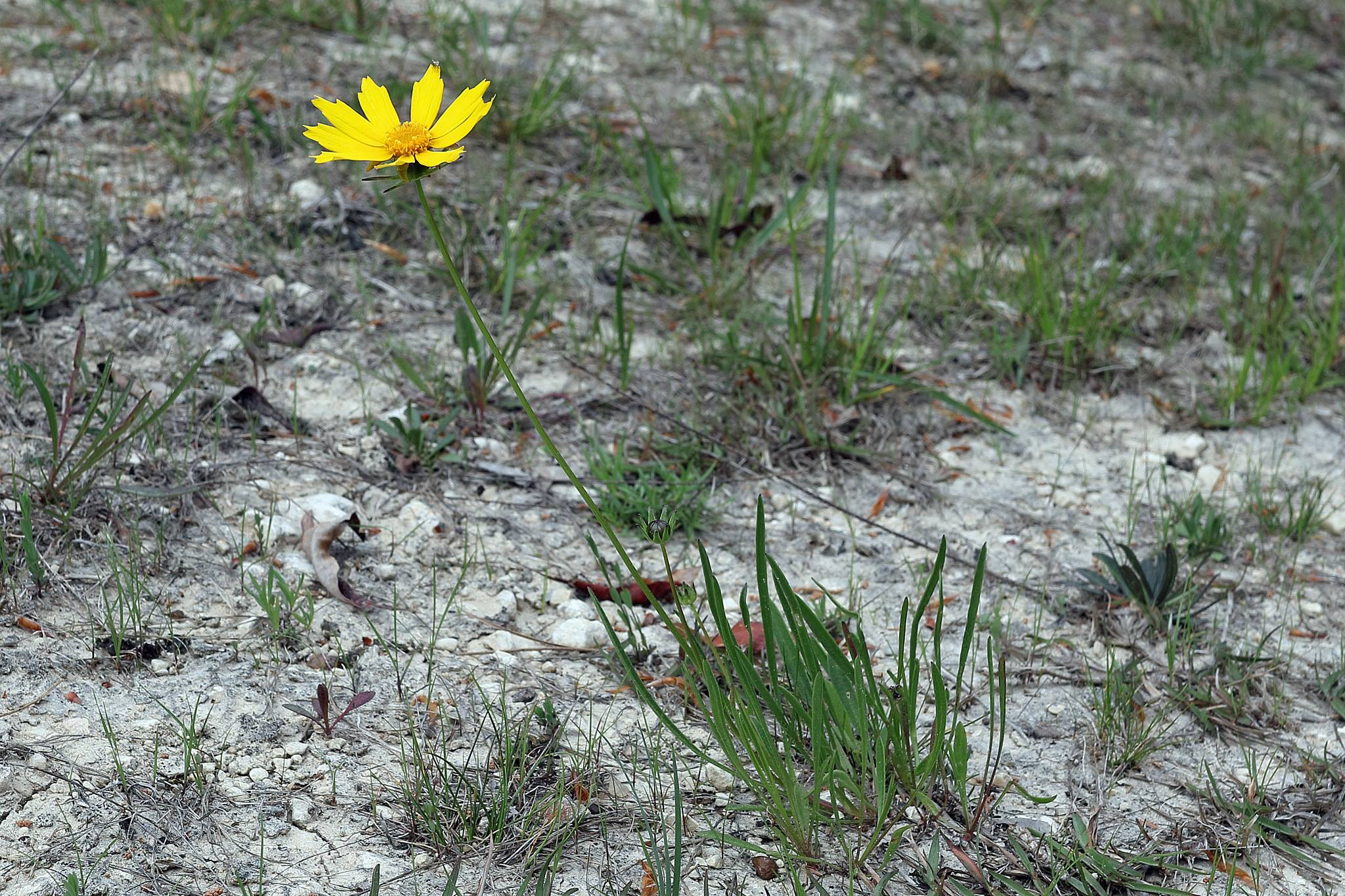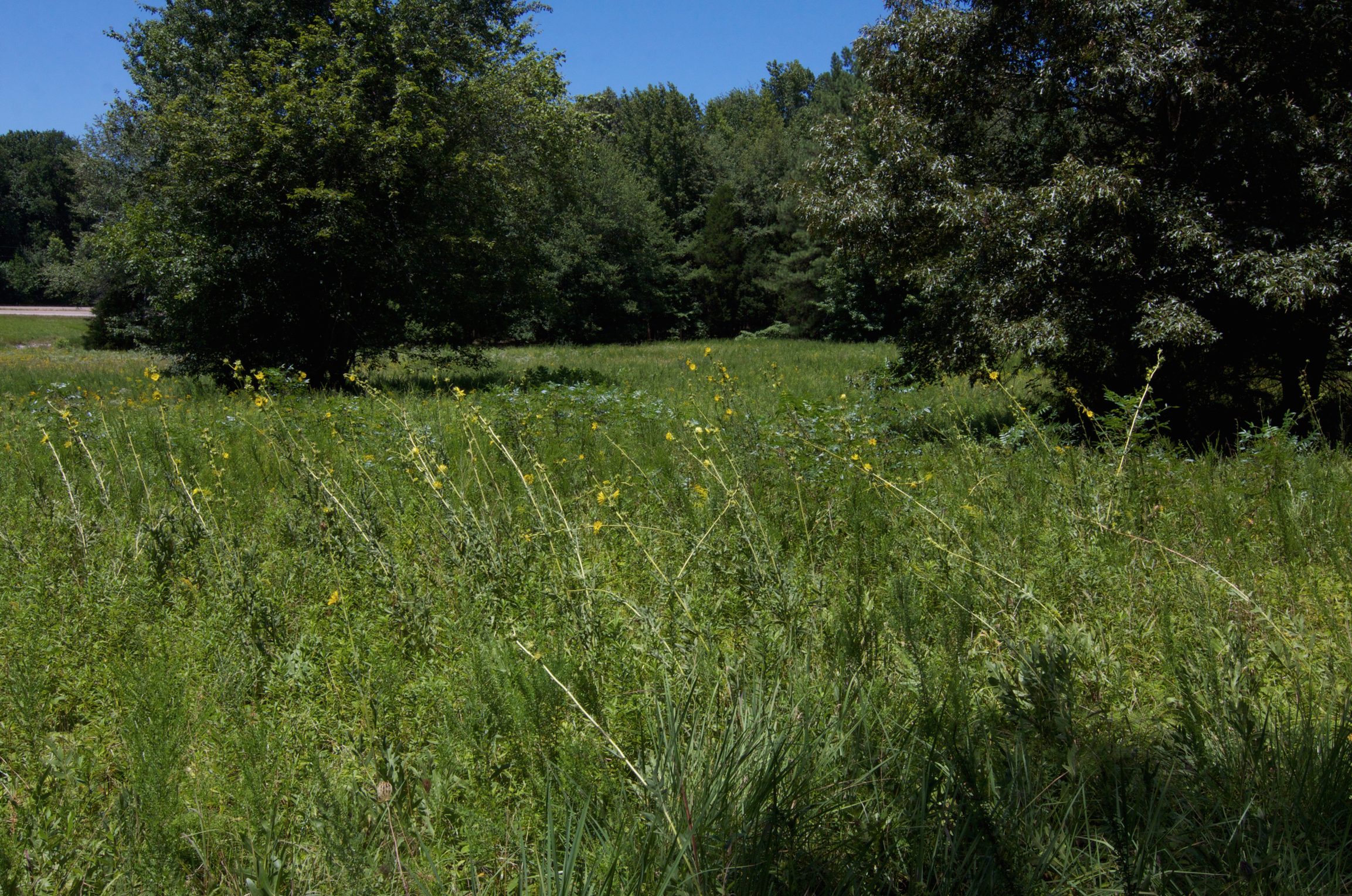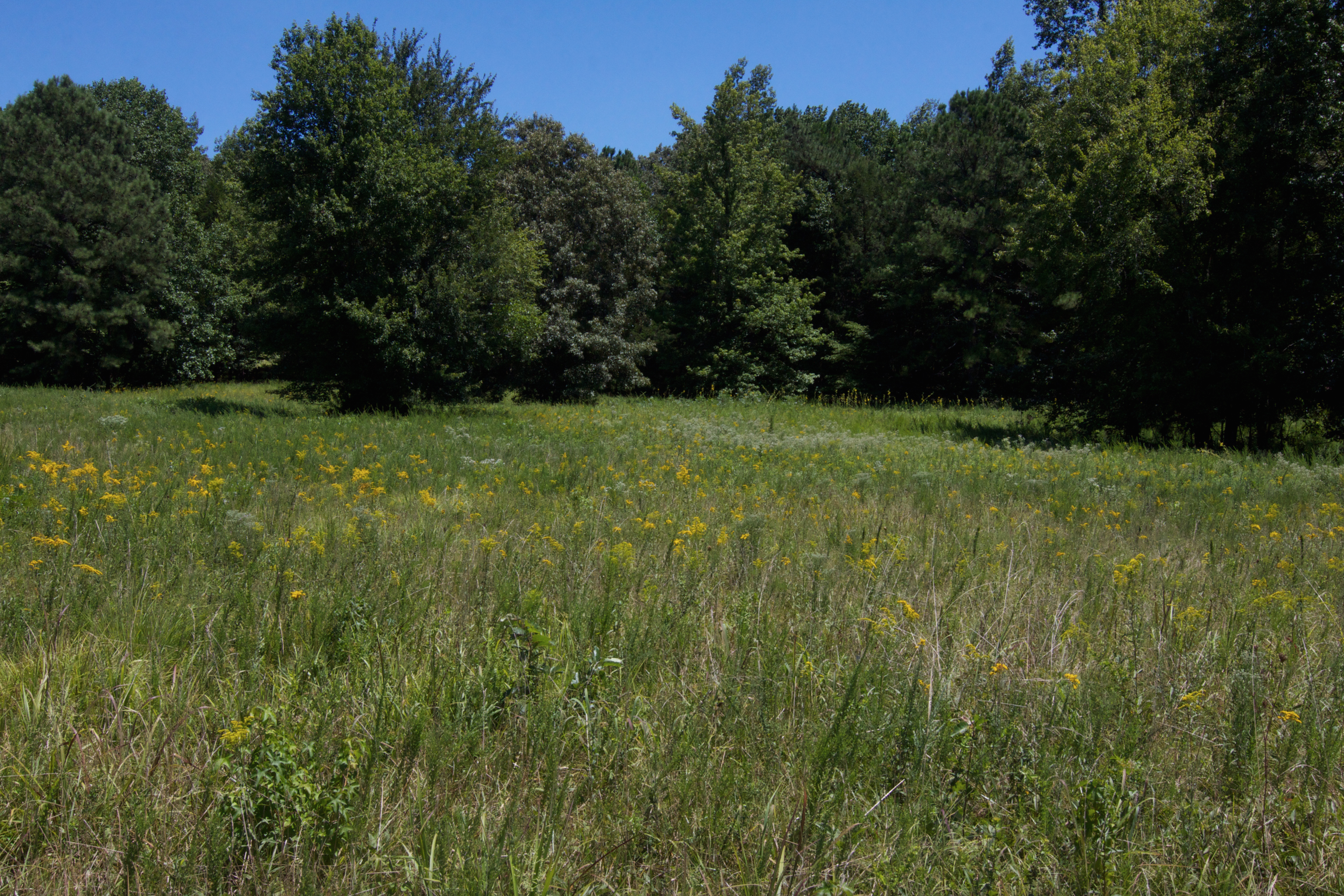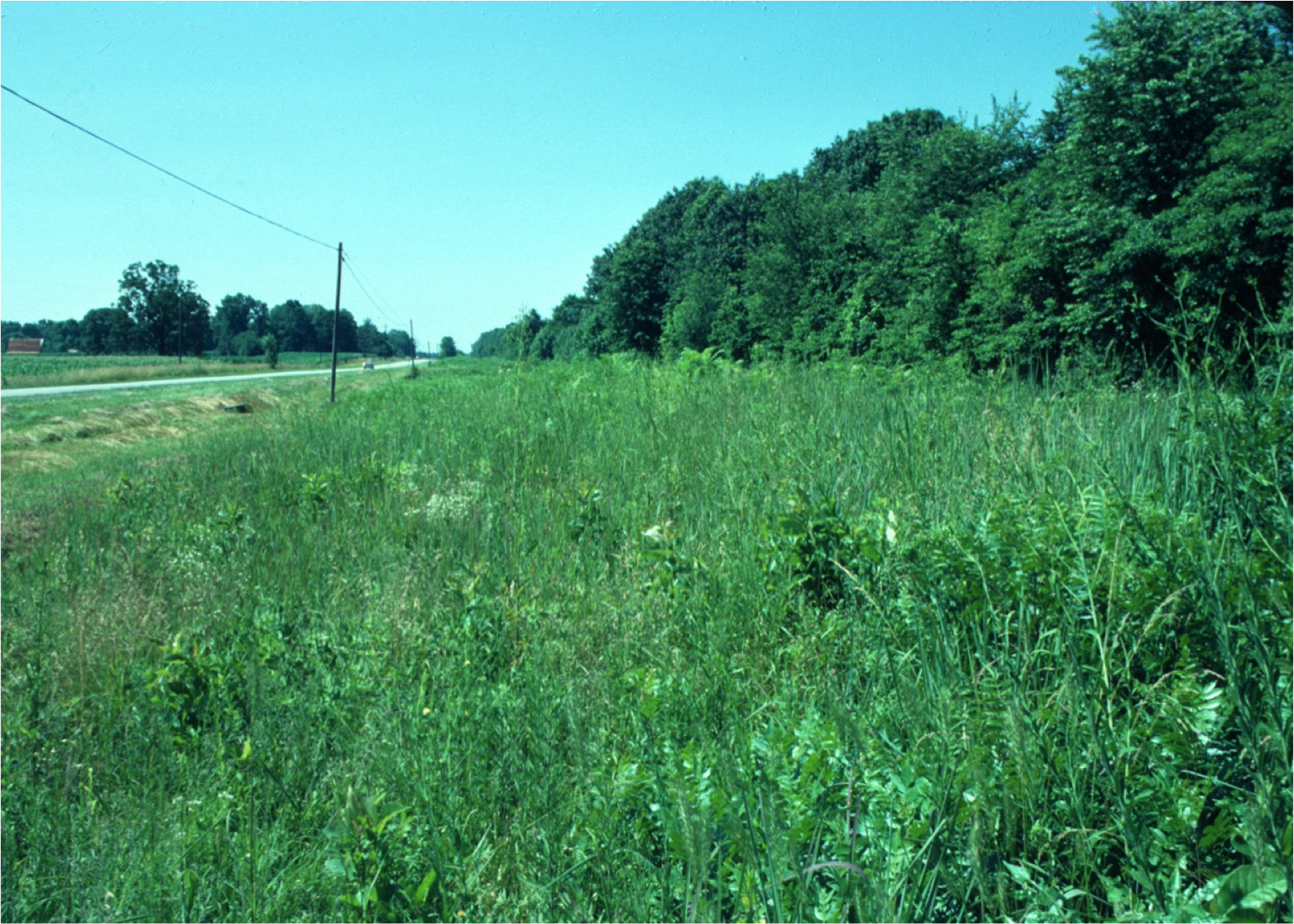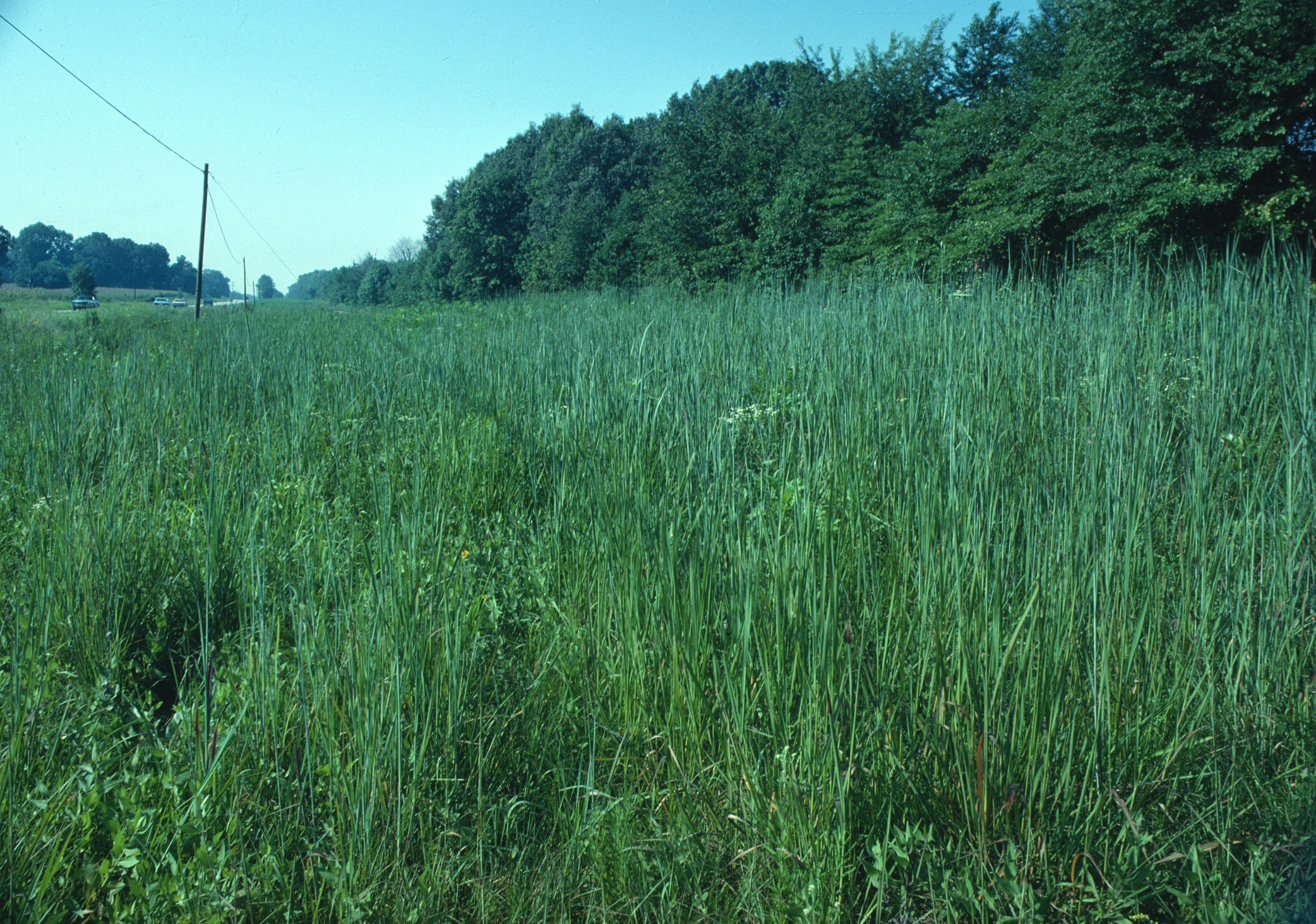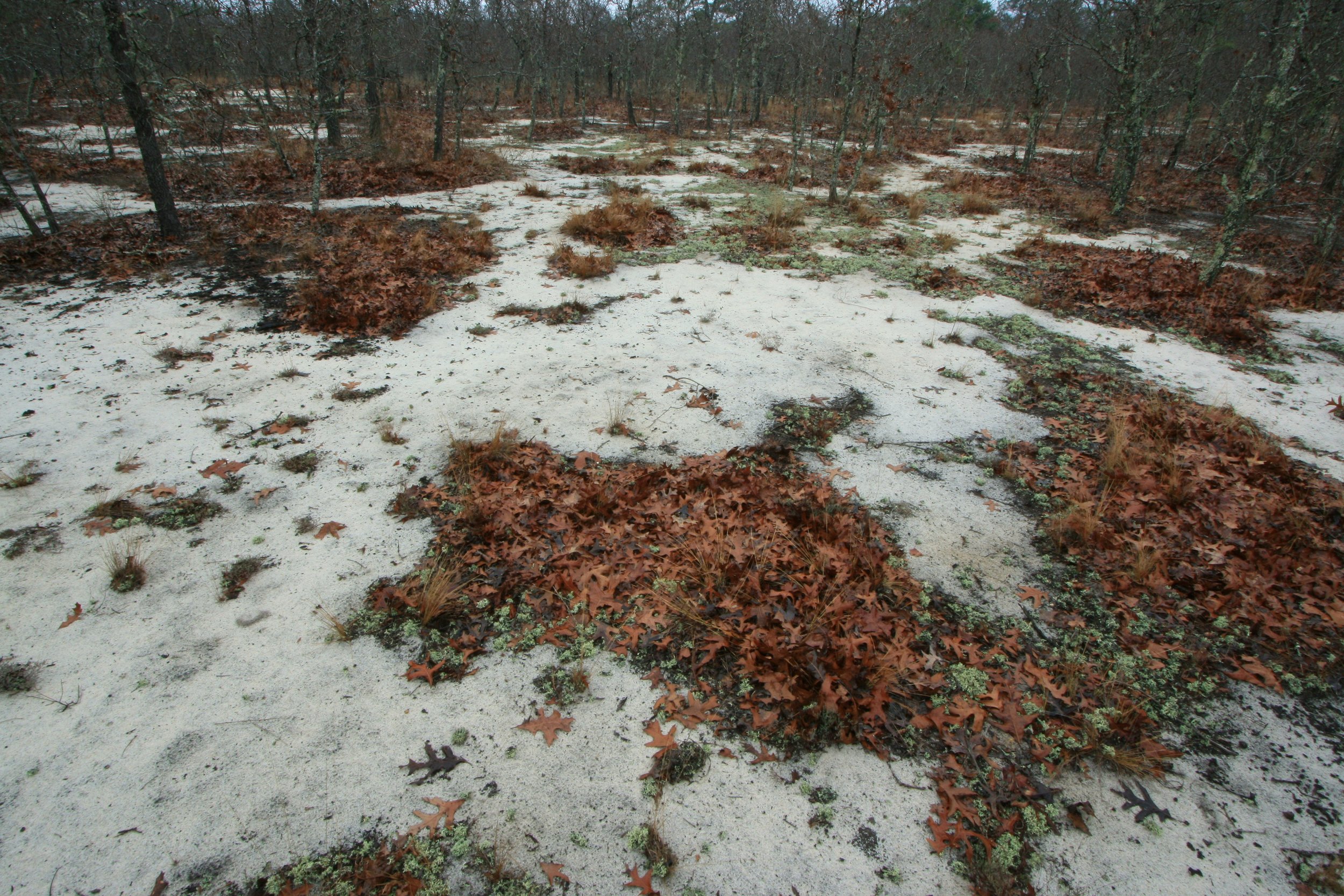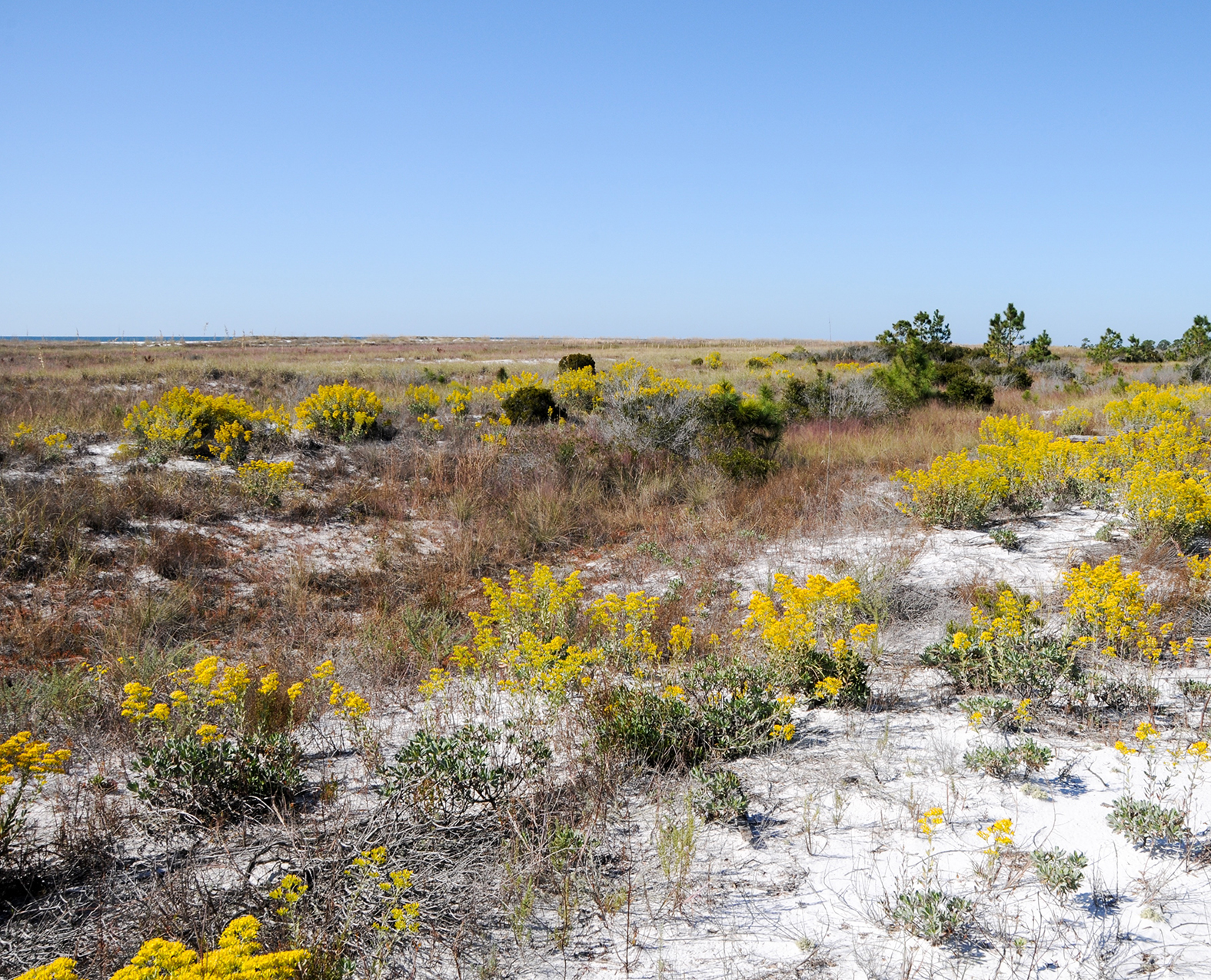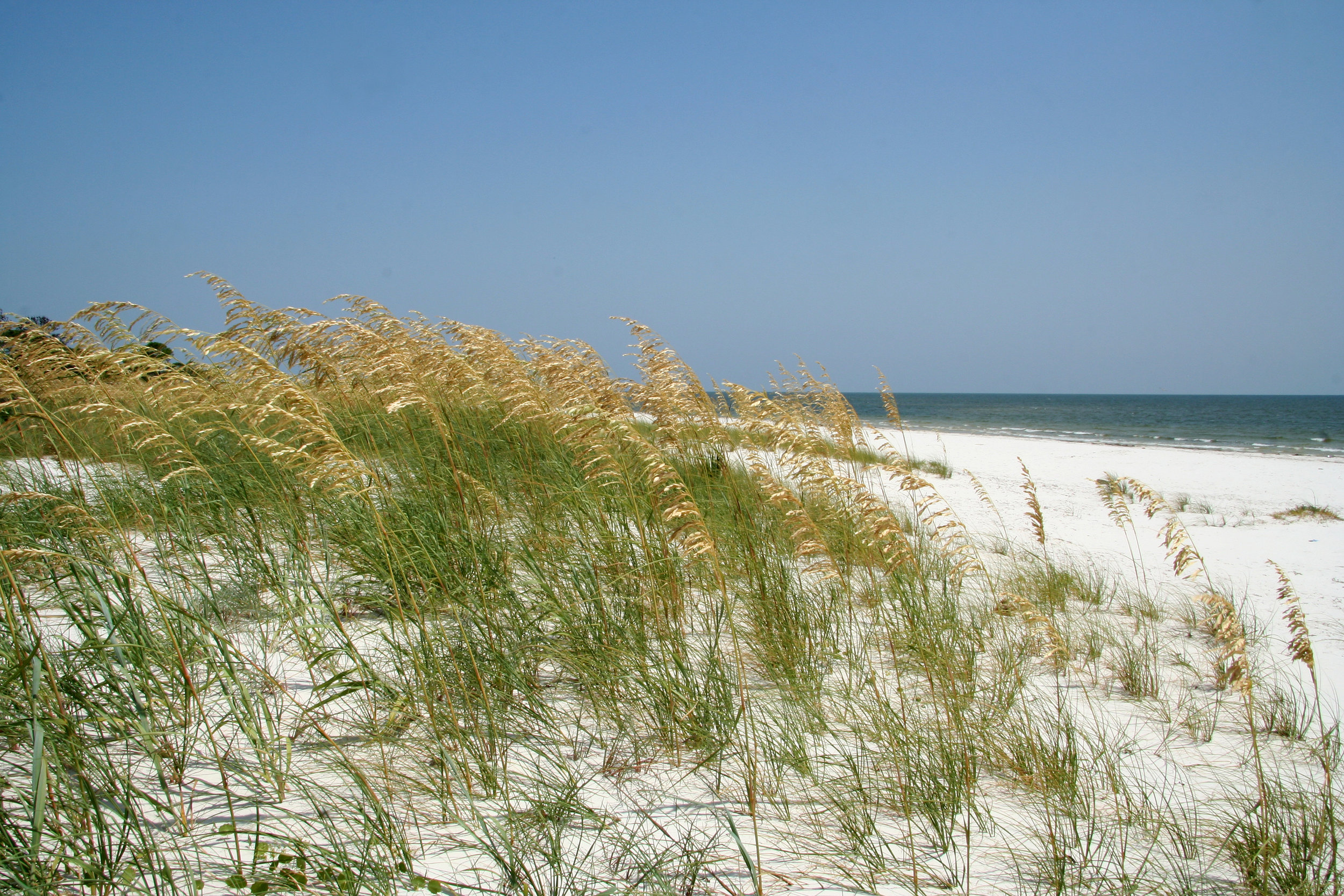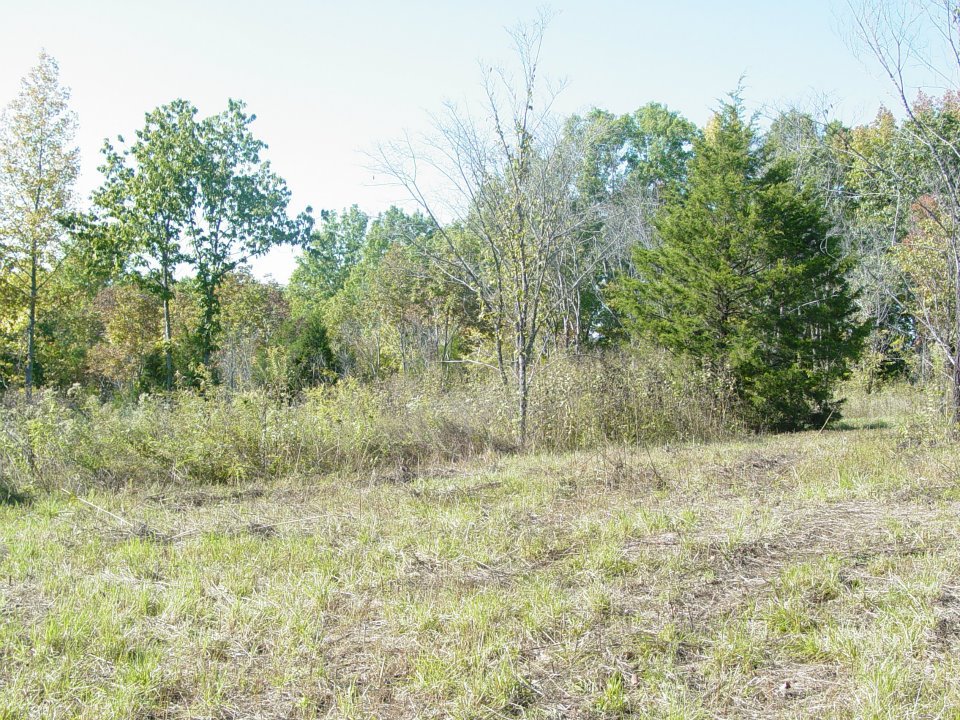LESSON 4
where to find & how to recognize grasslands?
To develop a concept for what a natural grassland looks like, it is best to go visit preserves or natural areas that are actively being managed or protected (click here to see a list of known grassland preserves by state). Be aware that some of these are not open to the public and can only be visited with permission or an escort. Also search our Galleries link to see photos of many of the best grasslands per ecoregion (e.g. Arkansas Valley Grasslands).
Prairies
When people think “grasslands” most automatically imagine a tallgrass prairie. There were at least 10 million acres of prairie in the Southeast prior to European settlement that represent at least a dozen types. Their fertile soils have made them highly desirable for row crop agriculture, as a result more than 99.99 percent of our prairies have been lost. But a few remain, like those pictured below.
prairie hunters needed!
So if you are hunting for remnants of prairies, then you will most certainly be in for disappointment because the chances of finding intact, high-quality prairies is small and getting smaller all the time. But, that also makes finding them more challenging and more rewarding…it can almost be like a game. SGI needs trained “prairie hunters” to be able to use forensic clues to spot the tiny fragments that still linger on the landscape. Check out the gallery below for the kinds of clues to watch for as you travel the backroads of the southeastern U.S.
Things to watch for when searching for prairies
Savannas
By far, the largest grasslands (some 100 million acres) of the southeastern U.S. at the time of European settlement were pine- and oak savannas. They existed across the region from Maryland to Texas. Very few intact savannas exist that look like they did 300 years ago but there are a few. The four photos below show natural savannas for reference. Click here for links to savanna preserves in the southeastern U.S. ((Coming soon: a map of the savannas of the southeastern U.S.).
In contrast to prairies which occupied the most fertile lands, savannas occupied rolling to flat landscapes with infertile soils, especially soils that are sandy, seasonally wet, gravelly, have a clay hardpan, or that are fairly shallow over underlying bedrock. Most savannas were fire maintained so with widespread fire suppression in the 19th & 20th centuries, the once open savannas became overgrown and succeeded to forests. Millions of acres of forest land across the Southeast that are oak- or pine-dominated in rolling landscapes were once open savannas.
The savannas that once covered millions of acres of the Southeast have largely been replaced by closed-canopy hardwood forests. The scene above on the right shows an oak forest at Catoosa Wildlife Management Area, Cumberland Co., TN that was selectively logged and now has been managed with prescribed fire for several years, resulting in a beautiful restoration of the savannas that were once the dominant ecosystem in the area.
Today, after nearly 300 years of landscape change in the southeastern U.S., the large prairies and pine/oak savannas that once existed have disappeared by >99 percent. What remains is largely confined to edges or sites too rocky, sandy, or wet to cultivate or atop mountains, along beaches, or riverbanks.
Too rocky
If rocky soil or outcrops are frequent in your region, then you may have rocky grasslands known as glades or barrens. Click here to read more about the kinds of grasslands in the Southeast. Drive backroads and look for thin, soiled areas with exposed rock or gravel that supports sparse covering of grasses, wildflowers, cacti, shrubs, and stunted trees. Often, such habitats will be located near rock quarries. In areas with limestone or dolomite bedrock, look for areas with abundance of eastern redcedar (Juniperus virginiana) which can be an indicator for rocky glades and barrens.
Too Sandy
If your soils are composed of deep sands, then you may have sand barrens.
too wet
A variety of wet grasslands occur in the southeastern U.S. Seepage grasslands occur on slopes. Meadows are encountered along creeks in valleys. Bogs are associated with mountain coves or high-elevation sites. Certain types of natural ponds support grasslands as well.
high in mountains
on beaches or riverbanks
If you live along coastal areas, you may encounter coastal grasslands on sand dunes along beaches or if you live along large rivers such as the Mississippi, Missouri, and Arkansas rivers, then you can find dune grasslands on point bars.
What distinguishes a natural grassland remnant from a typical old-field, hayfield?
presence of grassland indicator species
high percentage of “native” grasses
high percentage of plants in the sunflower, pea, grass, and sedge families
high diversity
bunchgrasses vs. sod
low incidence of invasive species and common, annual weedy species




















